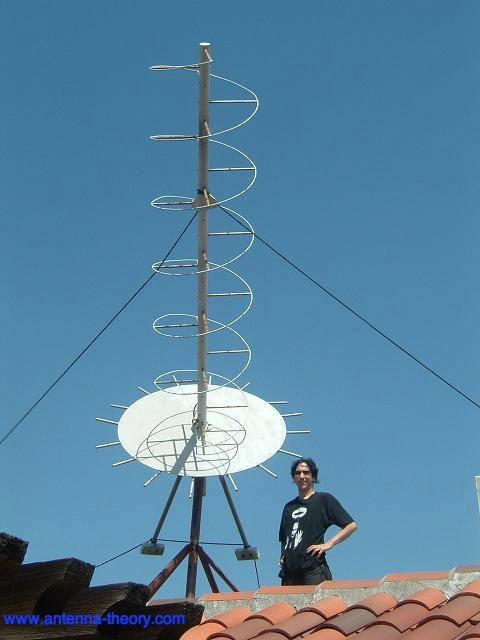How to Build a Helical Antenna

Helical antenna is one in which conducting wire is wound in the form of circles as to form a helix. It is a high gain antenna which can increase the range of Wi-Fi signals at your home. Helical antenna is a directional antenna, which means it can send or receive signals in a specific direction only.
If you have weak reception of Wi-Fi signals in a corner, you can use a helical antenna to catch and amplify the signals. These antennas can be constructed at home in a few hours time.
Instructions
-
1
Visit a nearby electronic store to get the supplies required for the making of the antenna. Arrange a PVC pipe and make intervals of 1 3/18 inches, starting from the end of the pipe. The end of the pipe will serve as the base of the antenna.
-
2
Wrap the copper wire around the pipe in circles in the clockwise direction overlapping the marked intervals so as to form a helix. To get better reception wrap the wire at least a dozen times around the pipe. Fix the copper wire to the pipe with the help of glue on each turn.
-
3
Take off the binder once the glue has dried out completely. Make a stand for the helical antenna. Use a drill machine to make a hole in the rod of the stand, and affix the antenna to the stand with the help of screws.
-
4
The copper wires will catch the radio signals only in the direction of the helical, position the antenna in the direction so that you get the maximum signal strength. The stand for the antenna can serve as the ground, connect one end of the antenna to the ground. Connect one end of the wire with the base of the antenna and the other one to the Op-Amp.
-
5
The amplifier should be calibrated so that it amplifies the captured signal to readable values but do not cause it to enter into the saturation region. There are a number of ICs of Op-Amp available, choose one that suits your power requirements.
-
6
After passing the received signal through the amplifier, pass it to the co axial cable. Connect the N-type connector to the wireless card antenna connector. You should now be able to access WiFi in the said region. Use computer software to determine the strength of the signals and move the antenna around to locate the position of maximum Wi-Fi signals.







